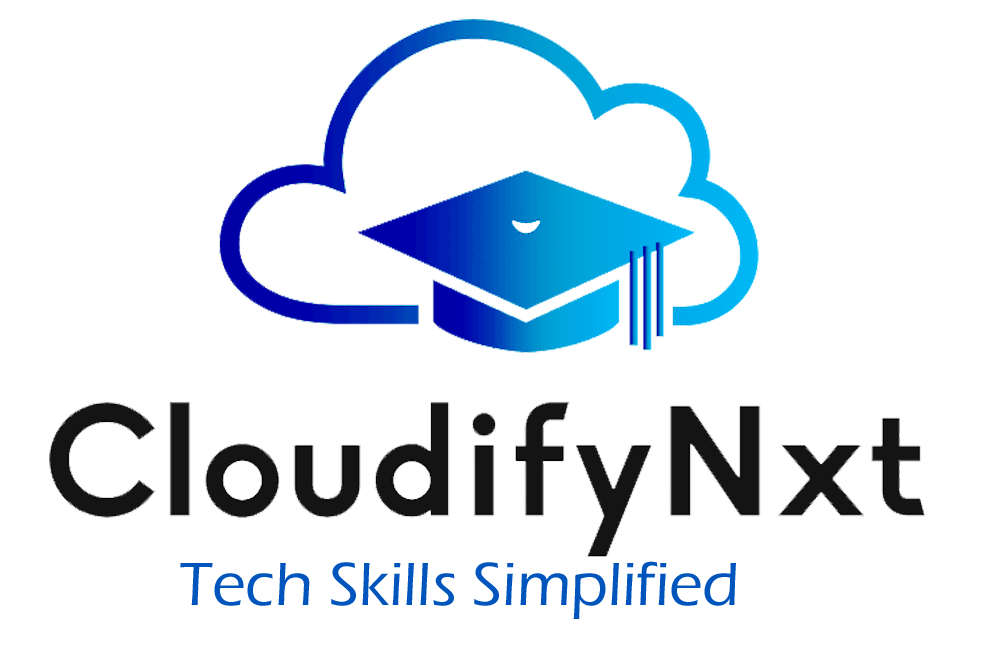
What Is DevOps Full Form? A Comprehensive Guide for Learners
What is DevOps? An Introduction to the Full Form and Why
DevOps is a short form for the words “Development” and “Operations.” It’s an engineering discipline that unites development teams and IT operations teams in a bid to have shared objectives: improved automation, improved software quality, and quicker deliverables.
Why DevOps Matters in 2025
- Regular release cycles — several deployments per day are typical
- Better software quality through early detection of bugs through automated testing
- Increased system reliability due to constant monitoring and faster rollback
- Increased coordination between developers, testers, and ops engineers
- Infrastructure stability using Infrastructure as Code (IaC)
- Day one security integration via DevSecOps pipelines
Fundamental Principles of DevOps
1. Collaboration & Culture
Shared code ownership is between operations and development teams—write and execute. “You build it, you run it” approaches minimize handovers and foster trust.
2. Continuous Integration & Continuous Delivery (CI/CD)
Continuous Integration (CI): The coders commit code to a shared repo regularly. Automated testing gives feedback instantly.
Continuous Delivery/Deployment (CD): Tested code gets deployed to production continuously. This facilitates smooth feature delivery and consistent updates.
3. Infrastructure as Code (IaC)
Code-based infrastructure definition (e.g., servers, networks). Common tools: Terraform, Ansible, and CloudFormation.
4. Monitoring & Feedback
Make use of monitoring, logs, and alarm systems through the use of Prometheus and Grafana tools. These give you visibility into performance and quick identification of issues.
5. Security Integration (DevSecOps)
Security testing is made part of pipelines—static analysis, vulnerability scans, and compliance audits—so production deployments are more secure.
DevOps Toolchain – What the Experts Use
- Among the most widely utilized tools in modern DevOps pipelines are:
- Version Control: Git (hosted on sites such as GitHub, GitLab)
- CI/CD: Jenkins, GitLab CI/CD, CircleCI
- Infrastructure Management: Terraform, Ansible
- Containerization and Orchestration: Docker, Kubernetes
- Monitoring & Logging: Prometheus, Grafana, ELK Stack
- Security & Compliance: Snyk, OWASP ZAP
- Measurement of DevOps Success: DORA Metrics
To gauge DevOps performance, teams will generally use metrics called DORA:
- Deployment Frequency — the rate at which new code is released
- Lead Time for Changes — lead time from code commit to deploy
- Change Failure Rate — percentage of deployments that cause a failure
- Mean Time to Recovery (MTTR) — the time to recover service
Common DevOps Challenges
- Resistance to change: Cultural resistance delays adoption
- Tool overload: Too many tools can complicate rather than simplify
- Speed, compliance, and security management
- Lack of skills and knowledge gaps in areas like IaC or container orchestration
How to Begin a DevOps Journey
- Start small – create a basic CI pipeline using a test app
- Adopt IaC – provision infrastructure automatically
- Add monitoring – add logs and alerts from day one
- Establish culture – emphasize shared responsibility
- Scale up incrementally – add progressively more advanced practices (platform, GitOps)
- Embed security – embed DevSecOps in your processes and tools
Why Study DevOps
- Strong demand – companies are always searching for certified DevOps engineers
- Better employment opportunities – DevOps roles get better pay in IT hubs
- Flexibility – CI/CD, cloud, containers, and IaC expertise
- Local context relevance – “best DevOps training in Hyderabad” and geo-specific variations thereof attract search volume from your region
Key Benefits to Students
- Accelerated career development—delivering code more quickly, taking on more responsibility
- Hands-on automation skills—CI/CD pipeline coding, infra scripting
- Robust problem-solving—tracking, rapid rollback, incident response End-to-end perspective—code development to infrastructure deployment to user interface
